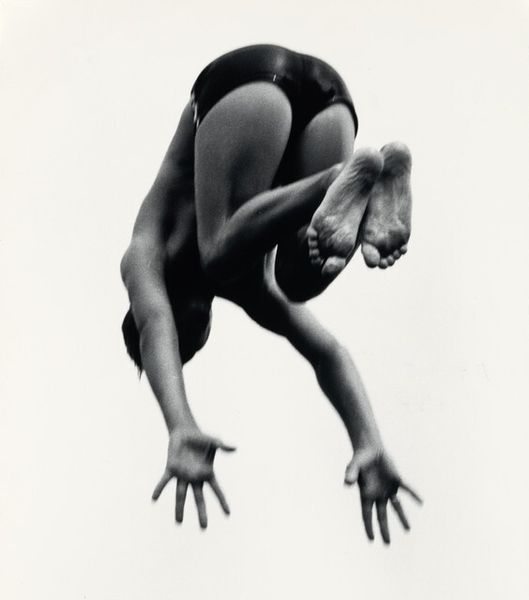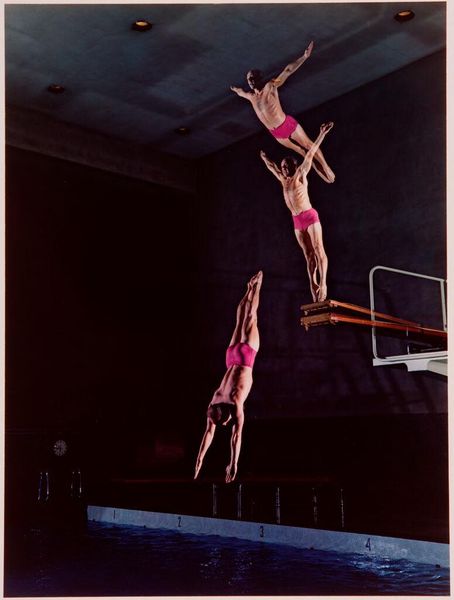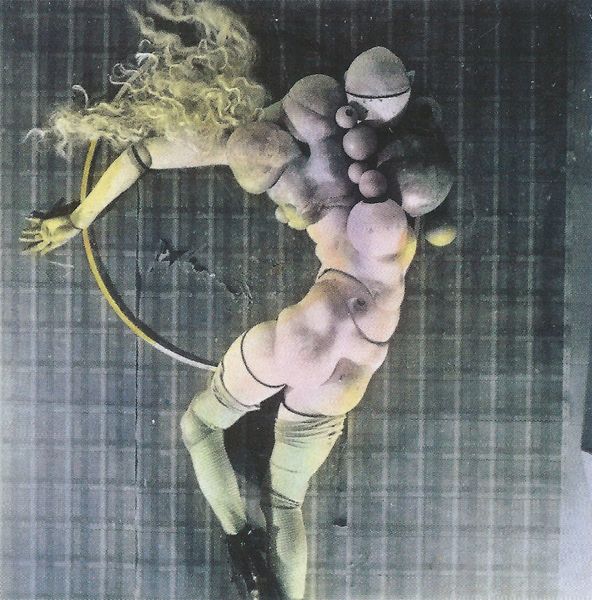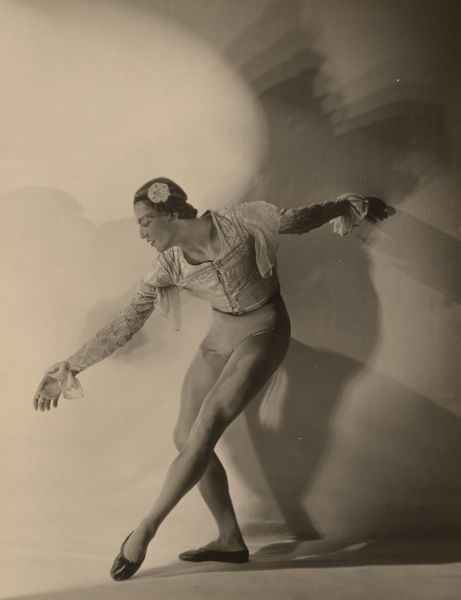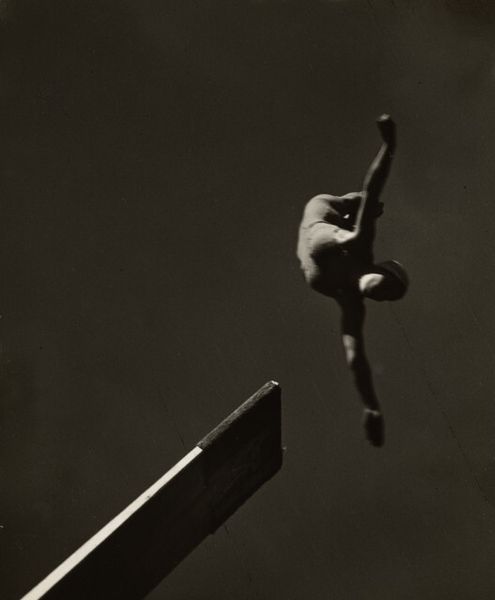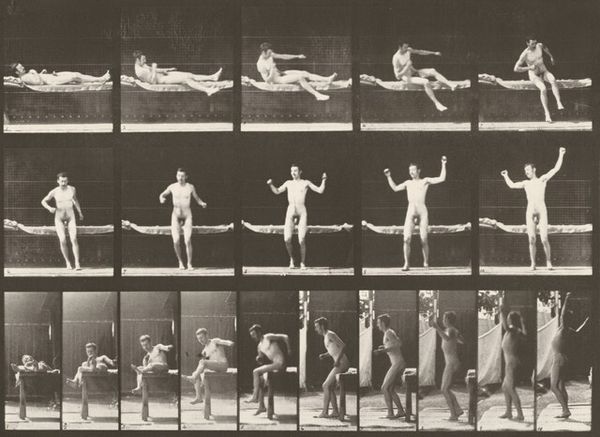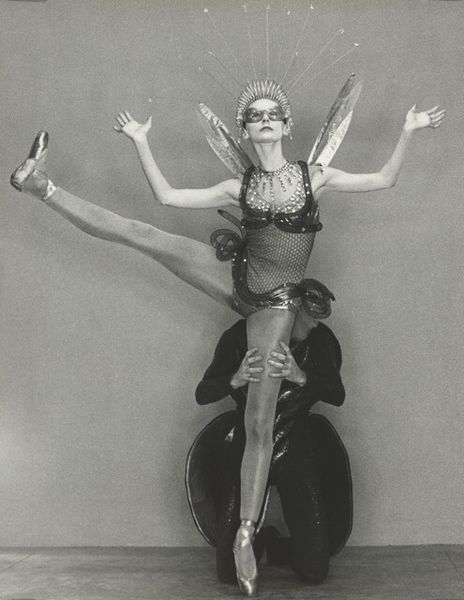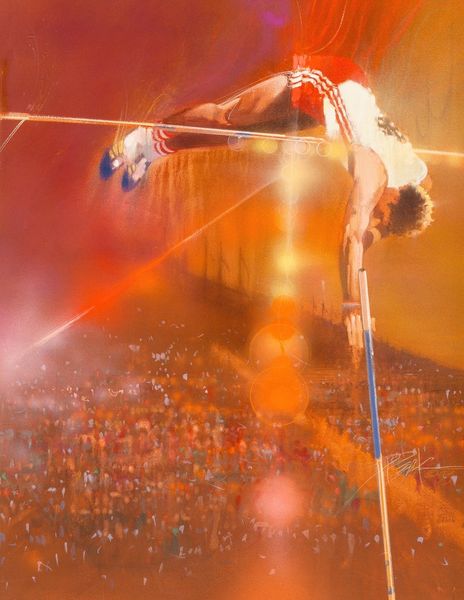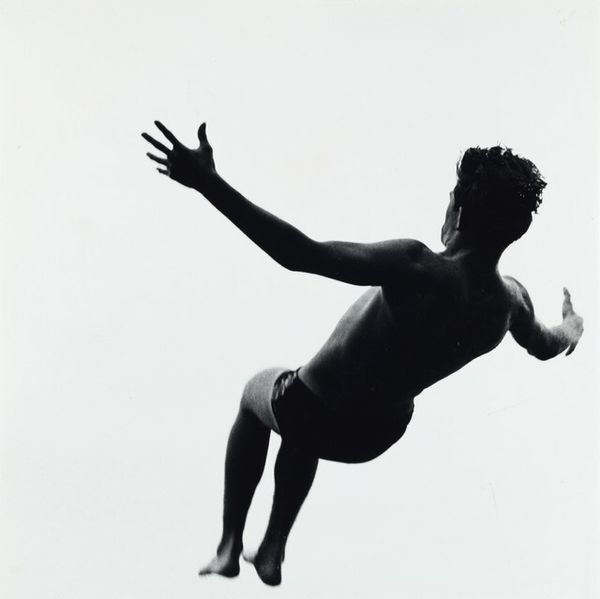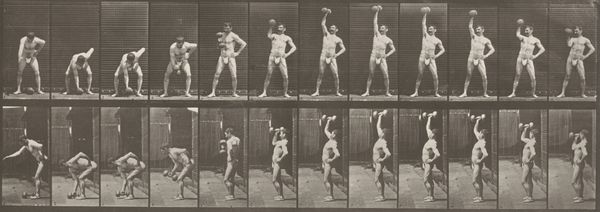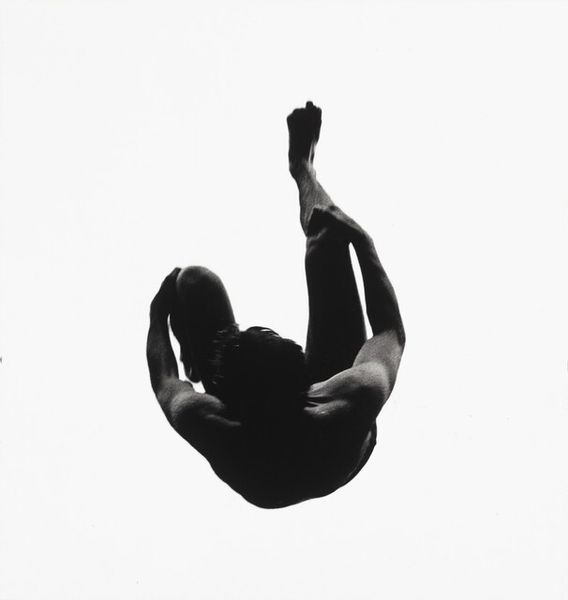
assemblage, textile, sculpture
#
abstract expressionism
#
fantasy art
#
assemblage
#
textile
#
figuration
#
neo expressionist
#
neo-expressionism
#
intimism
#
sculpture
#
abstraction
Copyright: Louise Bourgeois,Fair Use
Editor: This is Louise Bourgeois’s "Temper Tantrum" from 2000. It’s an unsettling sculpture, or rather an assemblage, constructed from textiles. There's something so raw and vulnerable about this dismembered, sewn-together figure. What historical forces do you think shaped a piece like this? Curator: Considering Bourgeois’s life and the socio-political contexts she navigated, it's tempting to see "Temper Tantrum" through a feminist lens. Her work often grappled with domesticity, sexuality, and the psychological impact of trauma. But does a direct interpretation necessarily unlock this work? Editor: I think so. It's hard to ignore the figure's fragmentation and the way it’s literally pieced together. Doesn't that speak to societal pressures on women? Curator: It certainly could. But what about the museum’s role in shaping this reception? By placing it within an exhibition on, say, mental health, are we directing viewers towards a specific interpretation and potentially overlooking other narratives like aging? Is this image then less a personal outburst of feminine rage and instead an active political discourse? Editor: That's fascinating, the power the museum holds to change how a work is read! I hadn't really thought about that, it puts the responsibility back on us as viewers. Curator: Exactly! Museums actively produce narratives, and artists respond in turn. Understanding this dialogue unveils deeper insights into how art operates within a specific society at any given time. The piece's reception and interpretation has evolved because social attitudes have shifted around the position of women. Editor: So, beyond the immediate emotional impact, the true value lies in unpacking these layers of cultural influence and how Bourgeois' work speaks to institutional forces? Curator: Precisely. Examining her art’s place in the museum changes the focus to public, rather than solely personal meaning. Editor: Thanks! That broader understanding of context definitely gives the piece a new dimension.
Comments
No comments
Be the first to comment and join the conversation on the ultimate creative platform.
